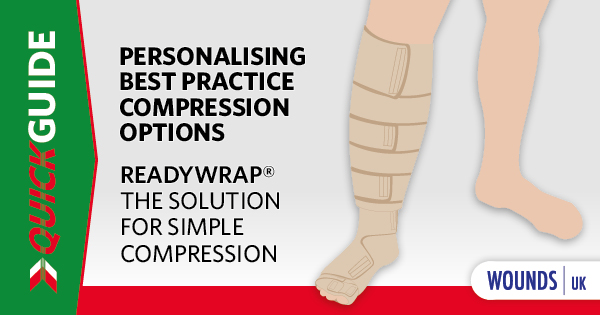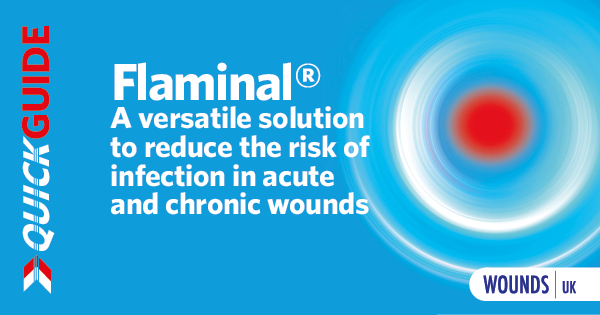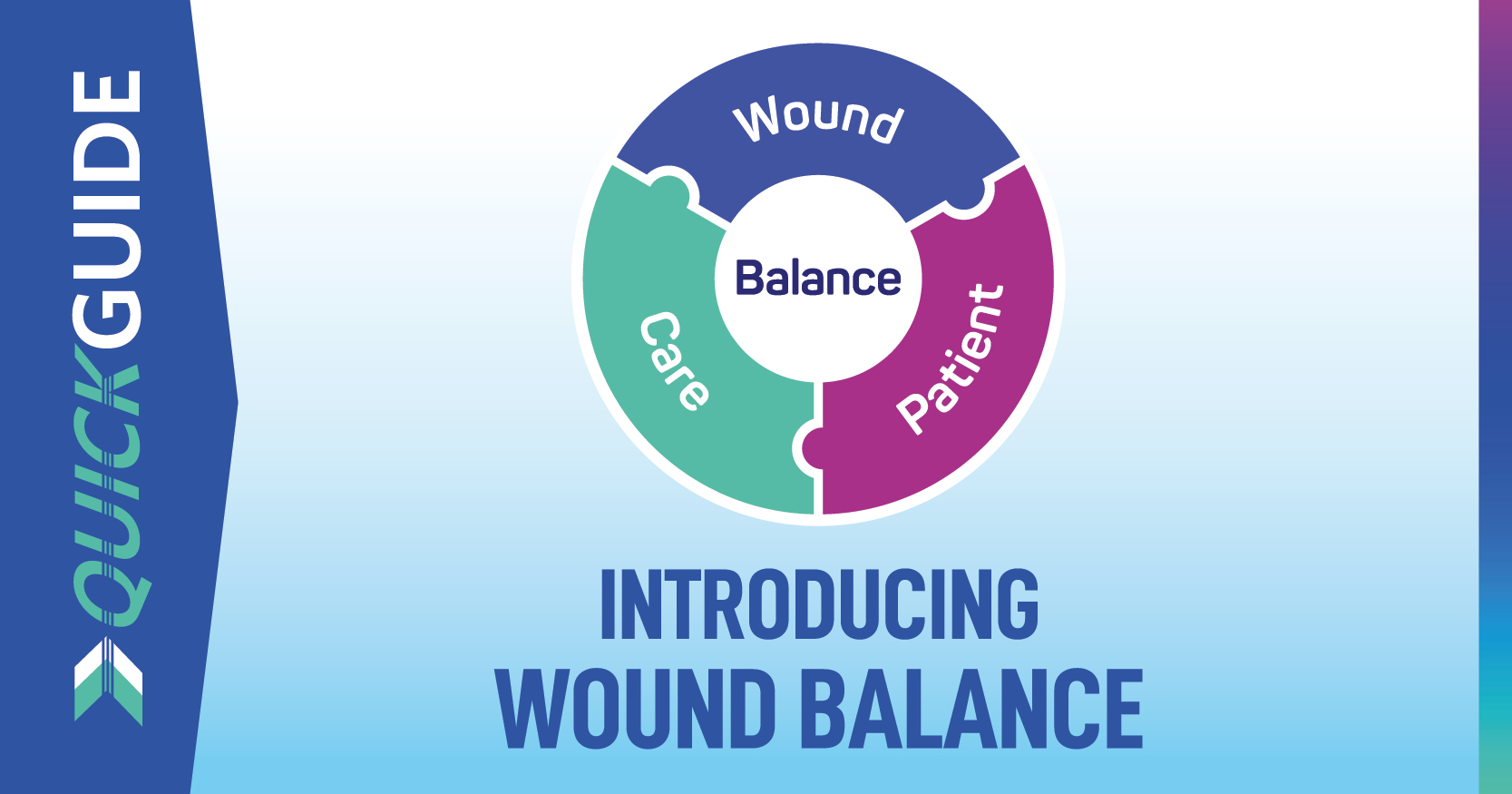Within wound care, in 2012–13, the community setting has the highest rate of wound-related patient contact compared to hospital/practice settings (Table 1). It is clear that the majority of wounds are managed in community settings, therefore guidance is essential to support appropriate diagnosis and care delivery, and ultimately to improve patient outcomes.
The rate of non-healing wounds is increasing, adding to the cumulative burden of wounds for patients, clinicians caring for non-healing wounds and the health economy (Guest et al, 2020). For patients, living with a non-healing wound can mean pain and discomfort, emotional and physical distress, social isolation, and financial hardship (Järbrink et al, 2017). Non-healing wounds are also costly for healthcare systems, necessitating longer hospital stays and increased clinical workloads, risk of complications such as infections and high rates of hospital readmissions. Between 2017 and 2018, the NHS spent approximately £8.3 billion annually on wound care, £5.6 billion of which was spent on managing unhealed wounds (Guest et al, 2020).
The BPS (Wounds UK, 2022) discusses non-healing wounds and the importance of identifying patients at risk of non-healing. The document aims to increase clinician confidence and understanding of when to start active treatments and when to escalate care, to improve patient outcomes and reduce the burden of non-healing wounds.
When assessing non-healing wounds, the BPS expert group (see Box 1) emphasises the importance of communication and language when assessing non-healing wounds. The use of appropriate and empowering language can help patients develop a positive attitude towards their wound care.
Language matters – renaming ‘chronic’ wounds
Wounds have traditionally been classified as either ‘acute’ or ‘chronic’ based on the length of time it takes for the wound to heal. While the term ‘chronic wound’ first appeared in the literature in the 1950s to describe wounds that did not heal normally, or progressed more slowly than expected, making them more difficult to manage and treat, it has since become a hotly debated topic.
The term ‘chronic wound’ has faced criticism because there is ambiguity over how long a wound must be present to be considered ‘chronic’ (Bernell and Howard, 2016; Kyaw et al, 2018). In terms of a leg ulcer, the NHS defines a leg ulcer as a ‘long-lasting (chronic) sore that takes more than 2 weeks to heal’ (NHS, 2022).
There is currently a variety of terms used for wounds that do not heal within the expected timeframe (see Box 2). The expert group agreed that many of these terms have negative connotations and should be avoided in practice. Using negative language may suggest that a patient’s wound will remain unhealed for months or is too difficult, if not impossible, to heal, despite the fact that most ‘chronic’ or ‘hard-to-heal’ wounds can be healed with the appropriate treatment (Holloway, 2021).
Instead, in the BPS, the expert group agreed that the term ‘non-healing’ should be used to describe wounds that do not progress within the expected timeframe. The current recommended indicators of normal acute wound healing include a 40% decrease in wound area (Leaper and Durani, 2008; Gwilym et al, 2022) or signs of re-epithelialisation (Vowden and Vowden, 2016) after 4 weeks of optimal therapy.
Patient communication
The BPS discusses the importance of effective verbal communication and provides examples of open-ended questions to ask during wound assessment to help determine patient priorities, information needs, and preferred level of, and capacity for, patient engagement. To help the patient develop a clear plan of action to manage their condition, communication should be reassuring, empathic, motivating, and positive (Lloyd et al, 2018). Listening to the patient is a key part of communication, and may open up opportunities for shared care based on the patient’s individual needs and preferences.
When working in the community, it is crucial to explain to the patient what the term ‘non-healing’ means. In particular that, although the wound is not currently healing as anticipated at the time of review, it has the potential to do so with the appropriate management, care and treatment (Holloway, 2021).
The terms ‘chronic ‘or ‘hard-to-heal’ do not imply this ‘potential to heal’, but rather may give the patient the impression that they will have an incurable or prolonged wound for which wound healing is unachievable. Each patient’s wound healing trajectory is unique, and using the term ‘non-healing’ allows the patient to concentrate on their wound in the present moment.
As part of the patient’s healing journey, clinicians may encourage patients to make lifestyle changes in order to support healing and implement a successful plan of care, such as smoking cessation, limiting alcohol consumption, or encouraging patients to seek mental health services.
Impact of language on patient experience
The language used by healthcare professionals has a significant impact on patient outcomes. Patient-centred communication that is non-stigmatising and does not undermine self-care is critical for improved clinical outcomes, higher patient satisfaction, and patient care (Armstrong et al, 2021).
Using language that implies blame or judgement, such as ‘non-compliant’, ‘non-adherent’, or ‘non-concordant’ can instil guilt and shame in a patient (Cooper et al, 2021). This may cause the individual to believe it is their fault that they have a non-healing wound, or they aren’t doing ‘enough’: as a result, they may become less likely to engage with health services and manage their condition proactively (Lloyd et al, 2018).
When communicating with a patient who has a non-healing wound, it is critical to make the patient feel at ease, motivated, and supported throughout the healing process. It is also important to use open, simple and clear language and avoid medical jargon when explaining and sharing useful information about the patient’s condition (NICE, 2012; NHS, 2018).
It is also important to involve the patient’s family or caregivers, if the patient chooses, ensuring that they are engaged and understand the care plan. They should be considered part of the multidisciplinary team, with the patient at the centre as the key stakeholder. The patient and, if desired, their family or carers, should be directly involved in all decision-making, and the patient should be encouraged to follow their treatment plan by actively and attentively listening to their concerns and needs (Newell and Jordan, 2015).
The BPS stresses the need for clear and accessible communication, including examples of open-ended questions to ask during wound assessment to help determine patient priorities, information needs, and preferred level of, and capacity for, patient engagement (Box 3). For further information about the BPS and its contents, see Box 4.
Conclusion
Non-healing wounds are common in the UK and can have a negative effect on a patient’s health, lengthen their stay in hospital, and increase the workload on medical staff. Delayed wound healing is a major source of rising NHS costs. The BPS, Active treatment of non-healing wounds in the community, provides practical guidance on early identification and management of non-healing wounds, with a focus on healing and reducing the cumulative burden of non-healing wounds in community settings.
The BPS provides guidance on patient communication, and emphasises the need for appropriate language that is empowering to the patient. Therefore, the expert group recommend using the term ‘non-healing wound’ for any wound that does not show signs of healing within the expected timeframe. Use of terms such as ‘chronic’ or ‘hard-to-heal’ should be avoided, as they may be demoralising to the patient, suggesting a wound that may never heal, when in fact most wounds are able to heal with timely intervention with advanced wound therapies such as NPWT. Using the term ‘non-healing’ allows the patient to concentrate on their wound in the present moment.






